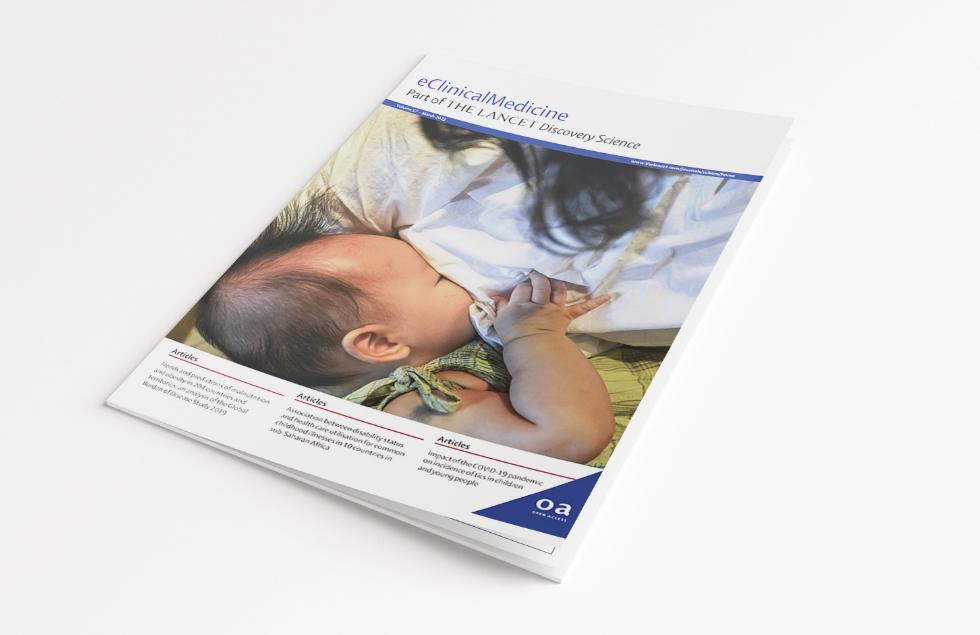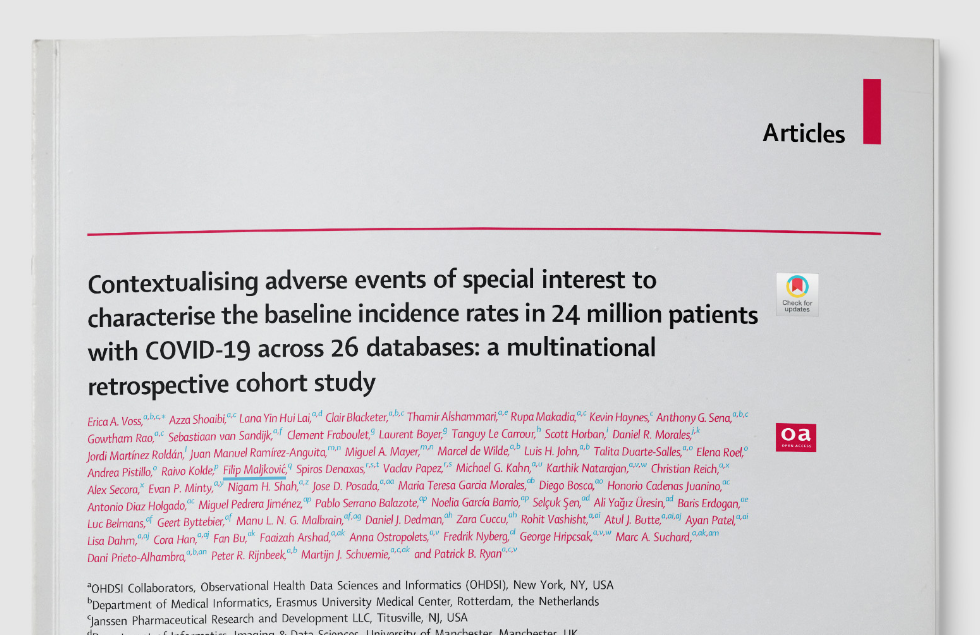A study in which the University Clinical Centre of Serbia and the company “Heliant” participated was recently published in the renowned scientific journal eClinicalMedicine. A multinational study managed by Columbia University from the USA and one of the largest pharmaceutical companies in the world, Janssen, examined the consequences of infection with the COVID-19 virus.
The researchers inspected clinical data from the pandemic period and after it and found that the number of cases of myocardial infarction, strokes, myocarditis and pericarditis, as well as appendicitis and other diseases had increased compared to the period before the pandemic. In particular, the number of cases of pulmonary thromboembolism had increased more than 10 times.
The scientific publication entitled: “Contextualizing adverse events of special interest to characterize baseline incidence rates in 24 million patients with COVID-19 in 26 databases: a multinational retrospective cohort study” is available here.

This is the second scientific publication resulting from the collaboration initiated under the auspices of the international consortium EHDEN, by which four health institutions in Serbia were financed to translate their data into the world standard OMOP CDM format. This way of displaying health data is being developed by the scientific community so that studies like this one can use as many anonymized patient data from different countries as possible. Owing to the transformation of the data into the OMOP format carried out by the company “Heliant”, the data is completely prepared so that doctors and scientists from Serbia can join projects and studies that are launched anywhere in the world.
These studies are conducted for scientific purposes, but often for drug regulatory bodies and agencies to reach data-driven decisions based on monitoring disease incidence, drug use and safety, treatment outcomes, etc.
The company “Heliant” is certified for data translation into OMOP format and is one of the most active promoters of health data standardization in the region.
